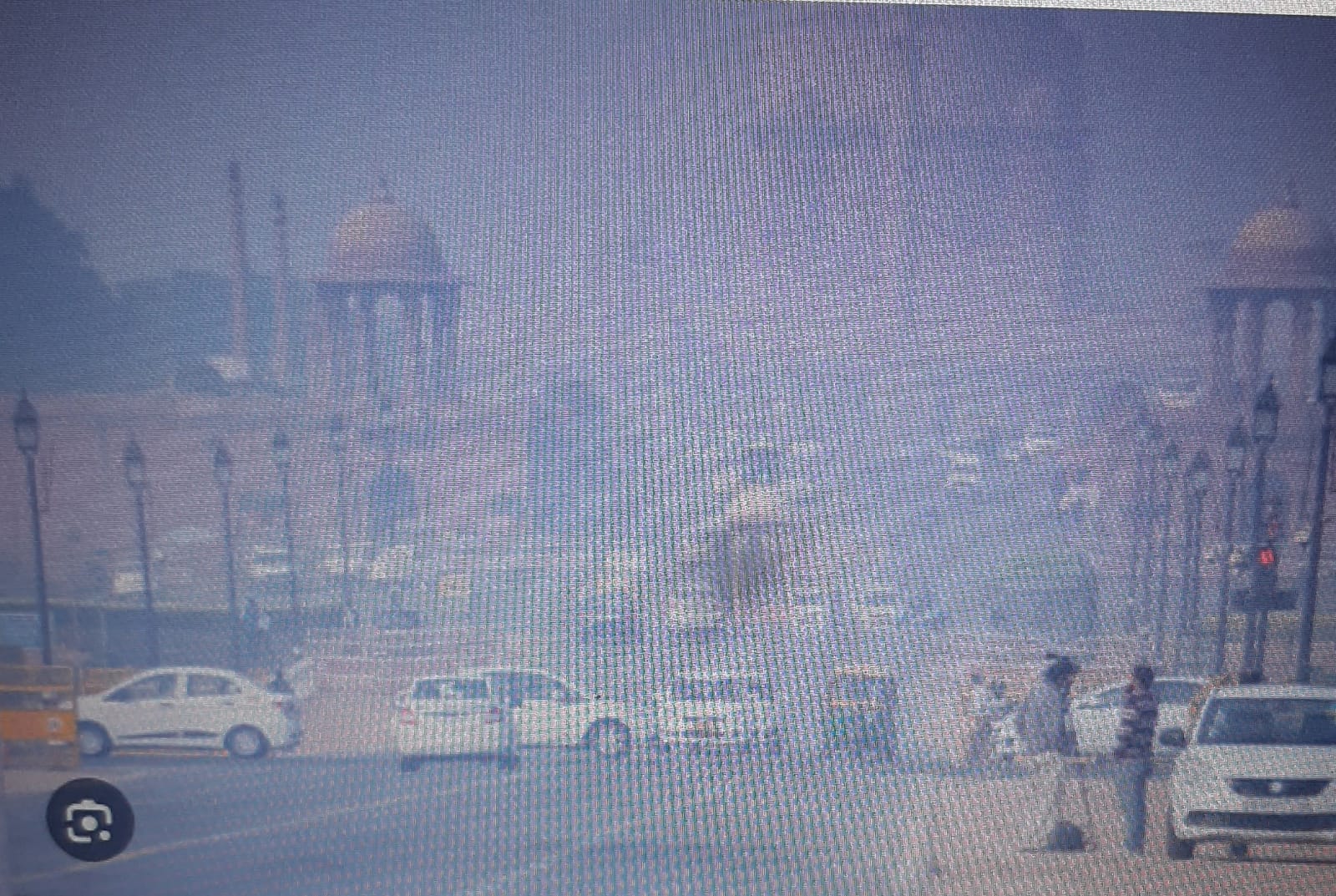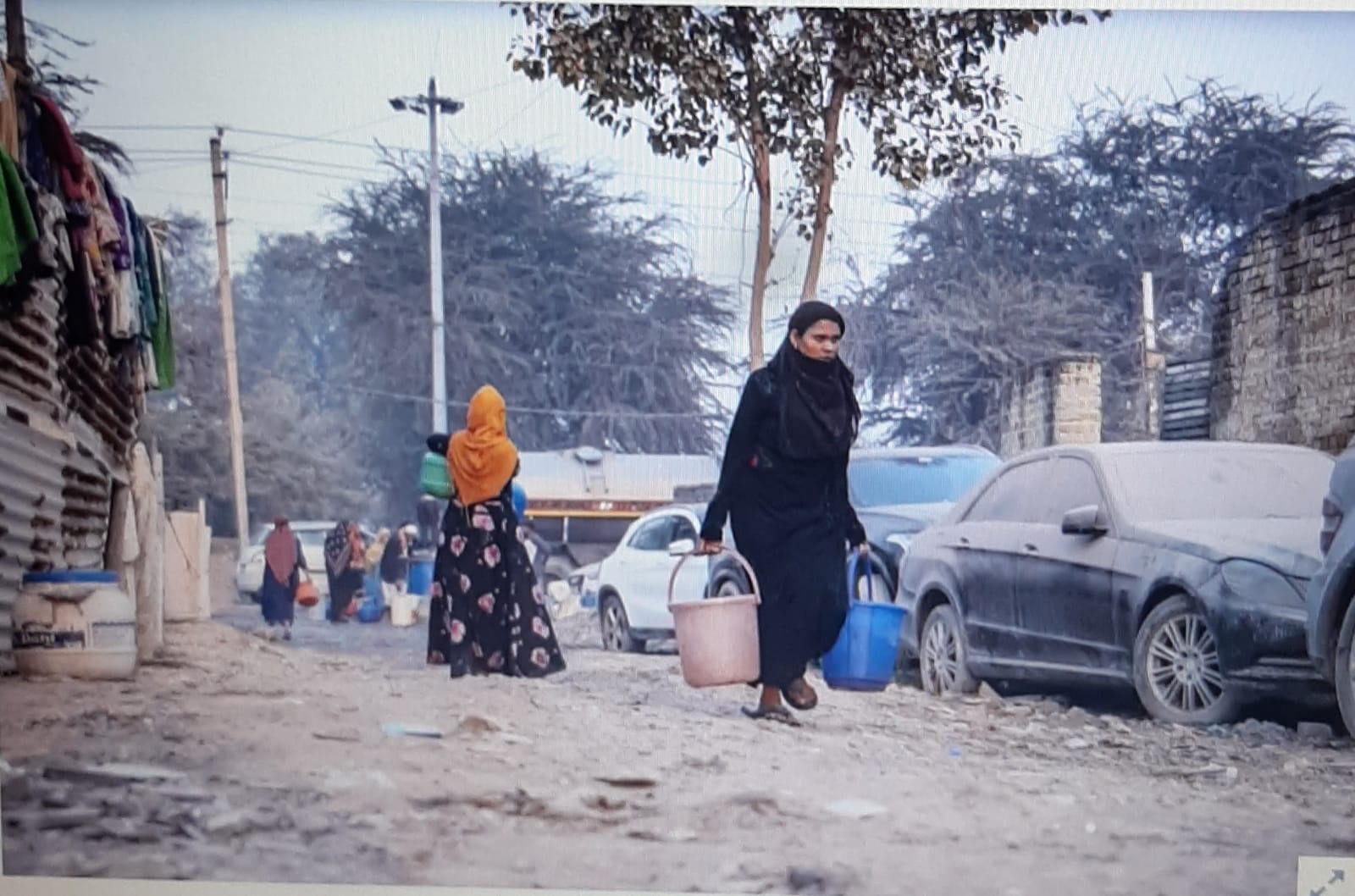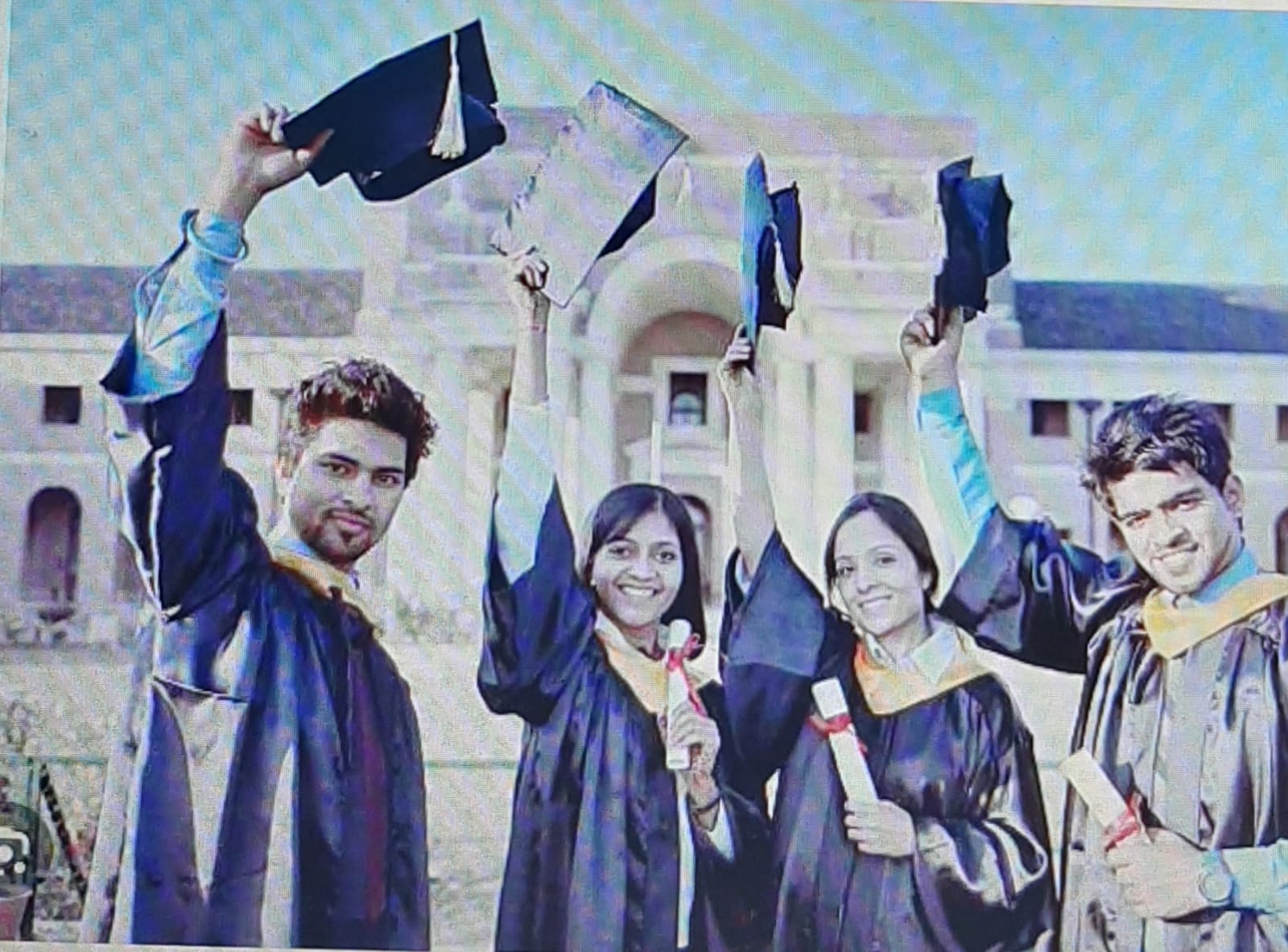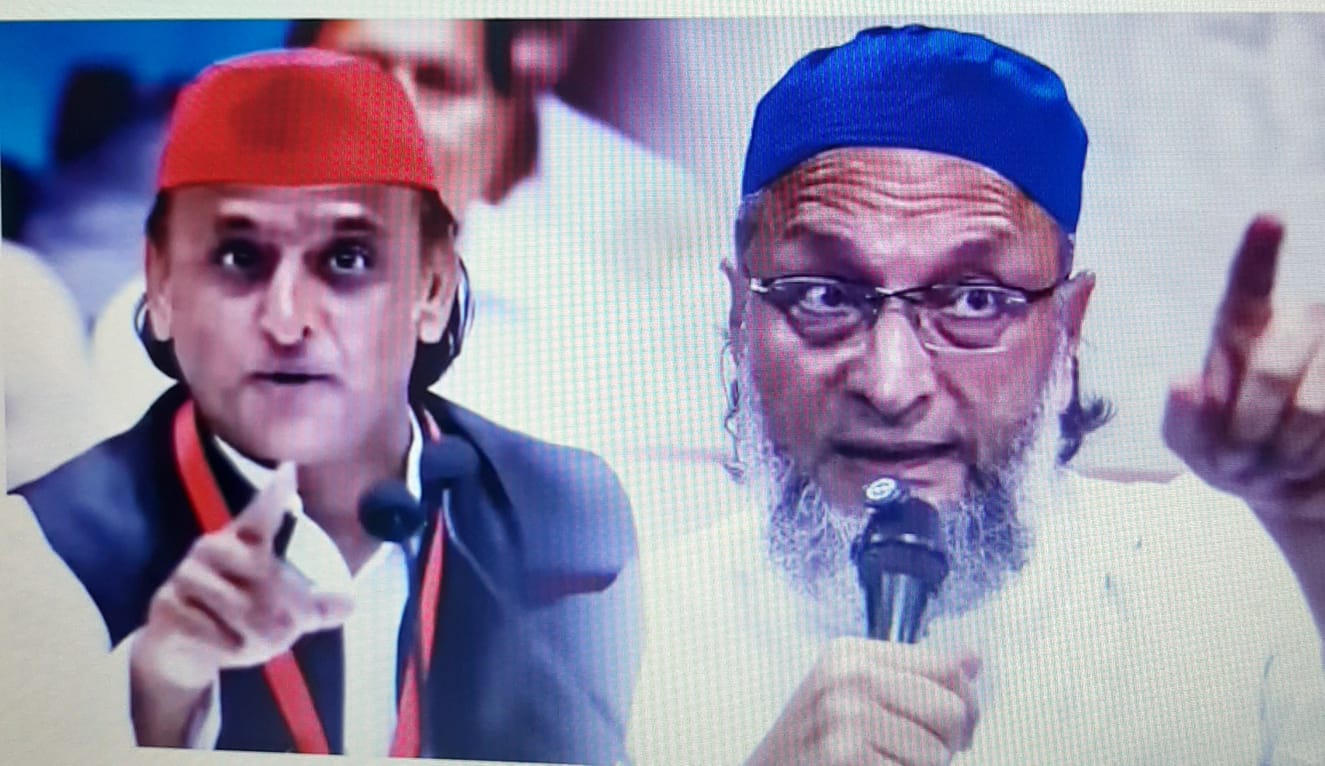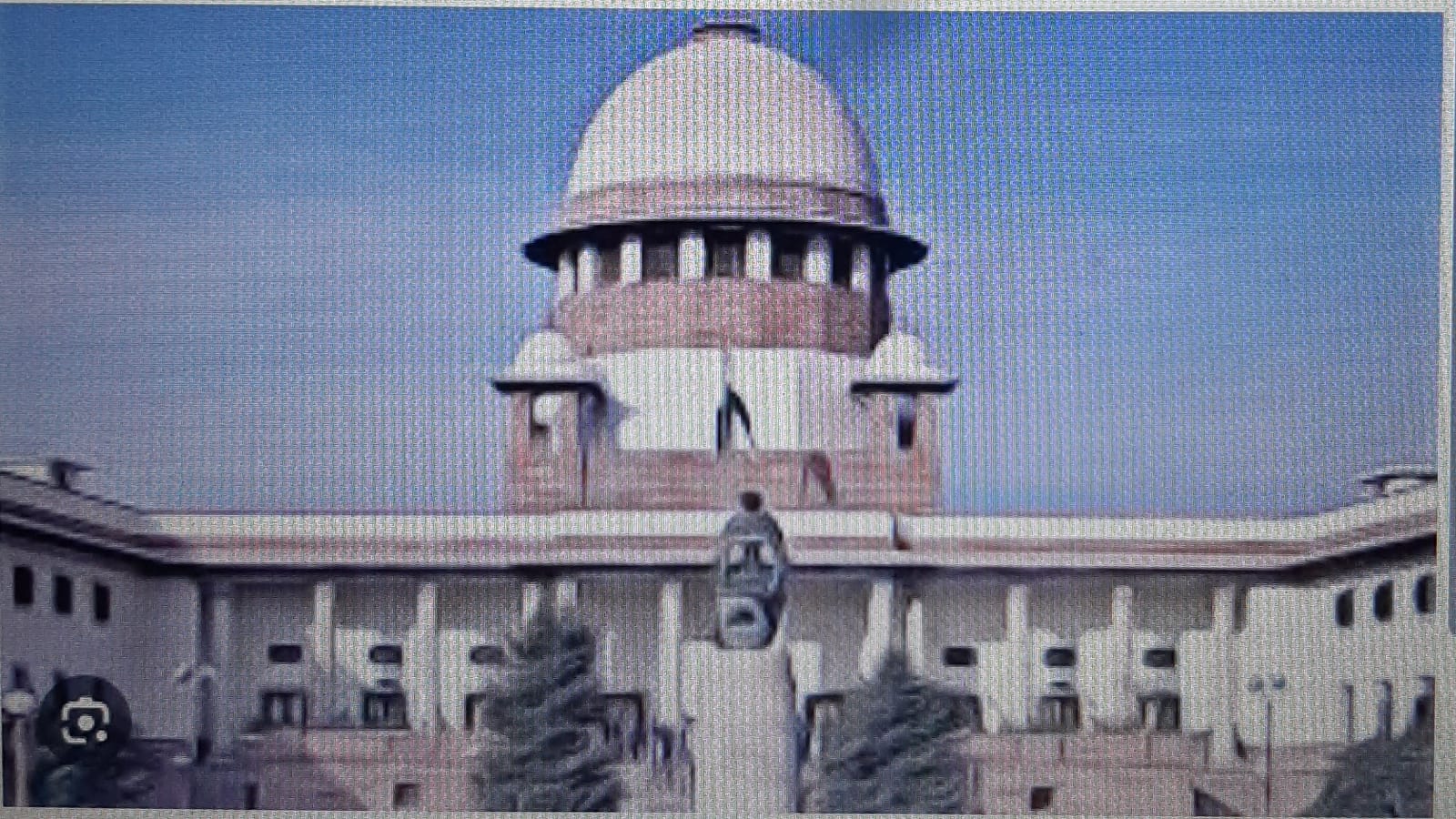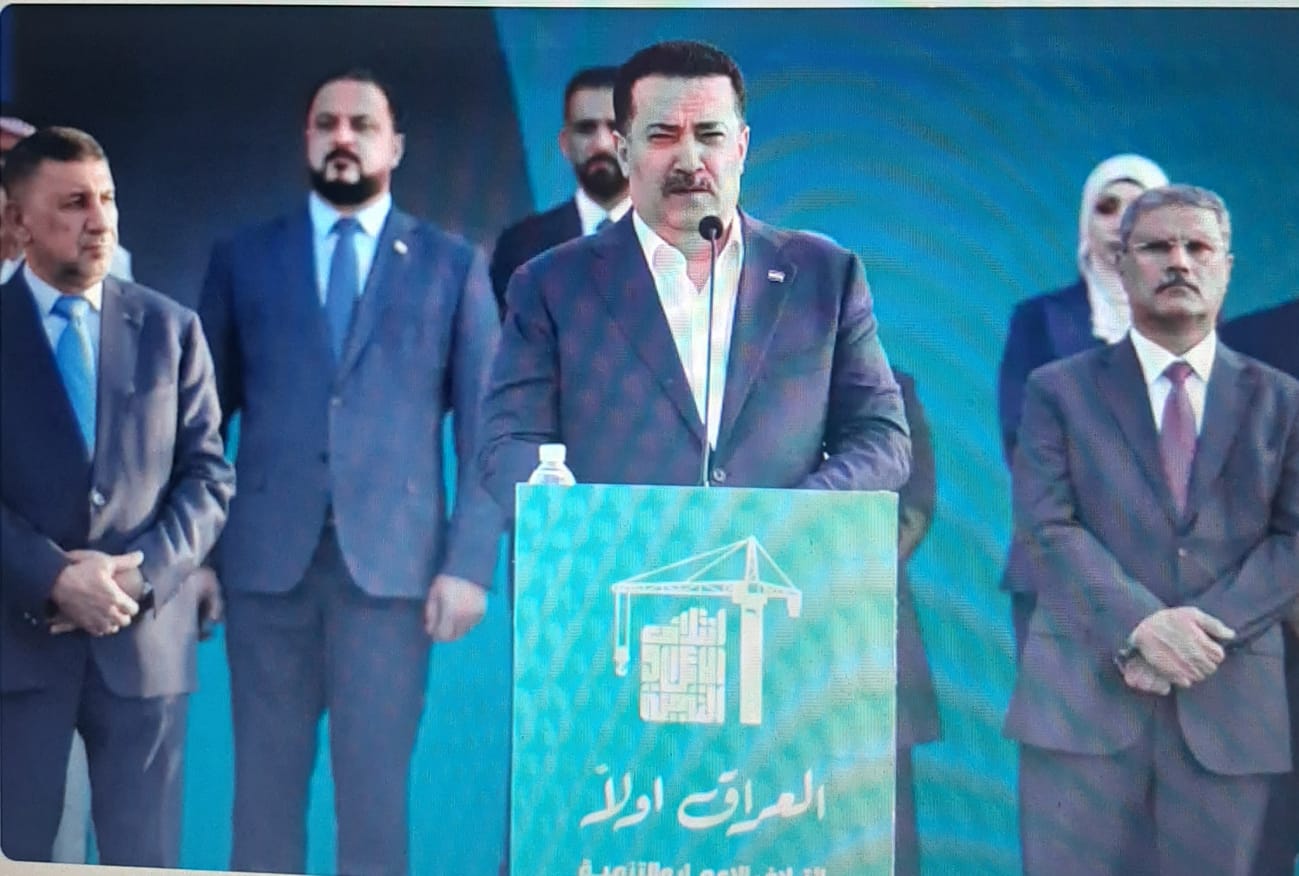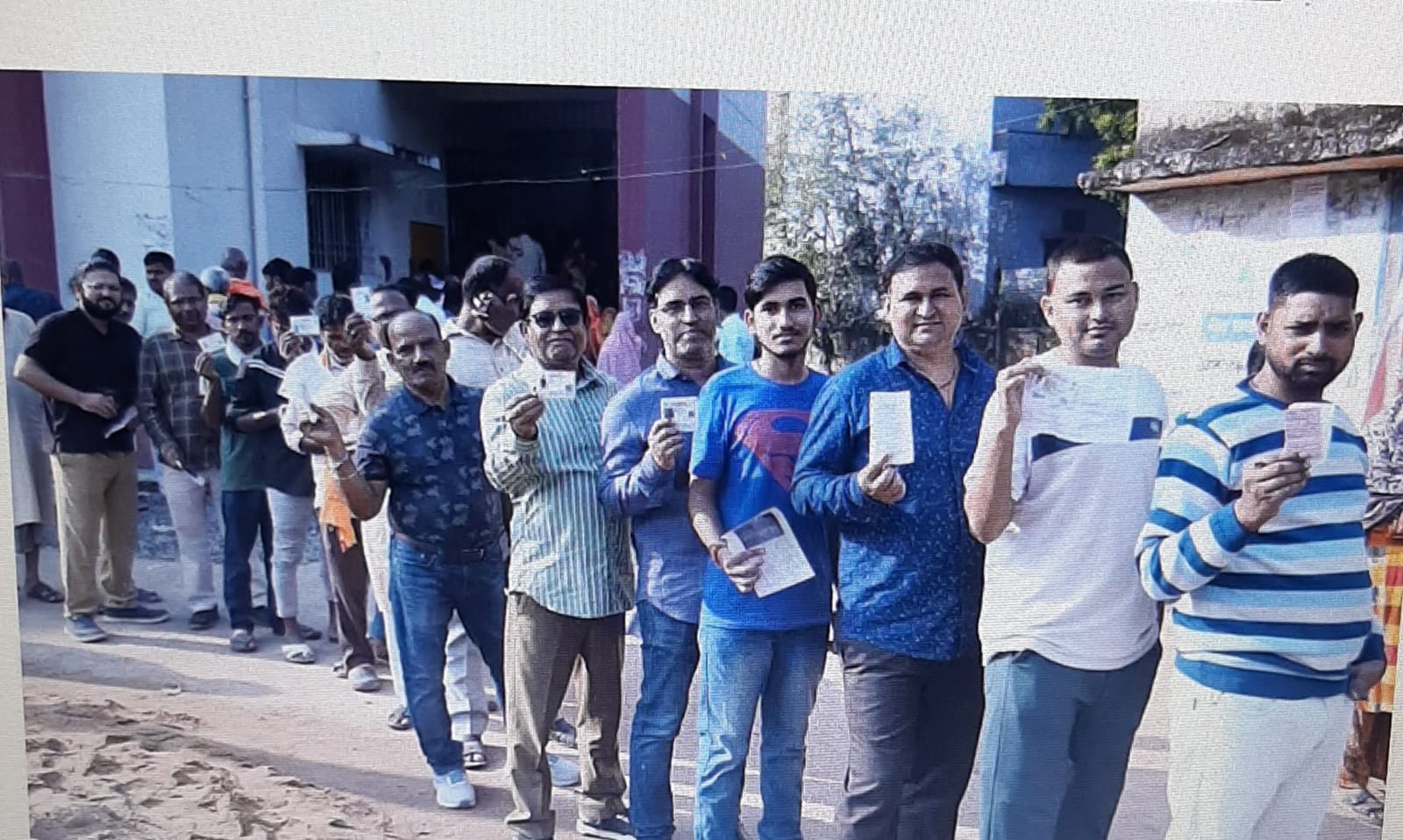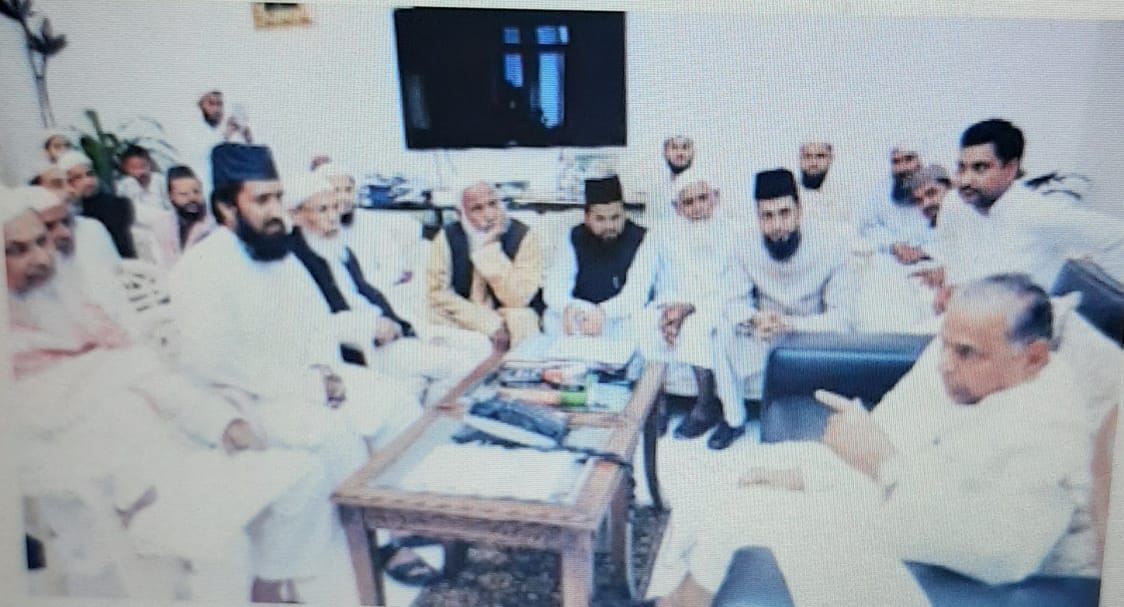
With Mullahcracy playing dominant role in electoral politics, and even in some cases few Mullahs floating their own political outfits, the successive non-BJP leadership started looking towards them for political gains. They virtually became the voice of the community and also sometimes influencing process of ticket distribution in non-BJP parties, writes M Hasan
Lucknow, October 28, 2025: The political marginalization of secular and liberal Muslim leadership and subsequently ascendency of highly self-centered Mullahcracy after the decline of Congress in 1989 has done irreparable damage to the community in Uttar Pradesh. Today with around 20 percent population the community is politically directionless in the state and is caught in vicious web of warring political forces.
Even as successive Congress regimes since 1951 promoted liberal Muslims with their placements at prominent places before 1989, these faces went into oblivion once the party was ousted from the power and Janata Dal emerged on the political horizon of UP.
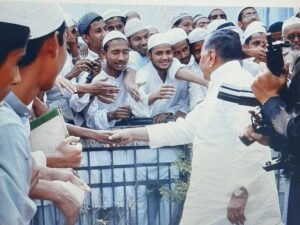
Mulayam Singh Yadav, who emerged as the leading face of the Janata Dal-Samajwadi Party and was installed as the Chief Minister in December 1989, was reported to have commented “ ab UP mein koi Muslim Neta Nahin hoga” (now there would not be any Muslim leader in UP). Meaning thereby that Mulayam Singh Yadav had himself taken mantle of “Muslim leadership” with nomenclature of “Maulana Mulayam Singh”. This was the period when “Mullahcracy”, ignoring well-established liberal Muslim leaders, started emerging with hordes of Mullahs revolving around the Chief Minister. Liberal Muslims thus gradually started receding into the background and even those who fought for their political survival had to piggyback these Mullahs. This process has still been continuing as Muslim candidates in election field first make beeline to these “turbaned and non-turbaned” clerics for “blessings”.
Even though fully recognizing the significant role of Ulema (clerics) in freedom movement, after the formation of All-India Muslim Personal Board (AIMPLB) in 1972, aspirational Mullahs had also started using this platform to serve their political motive. They also got further fillip when they forced Rajiv Gandhi government in 1985 to reverse Supreme Court judgement in Shah Bano case through the parliament. It was the major setback for the secular and liberal Muslims in the country, which also gave rise to communal politics in the country.
By the time Mulayam Singh Yadav came to power in 1989, the clerics (Ulema) had become powerful force to dictate the government. Significantly not only support to the clerics, who virtually had jaundiced vision of the community’s issues, people with criminal past joined the fray by pushing out those who had serious concern for the community.
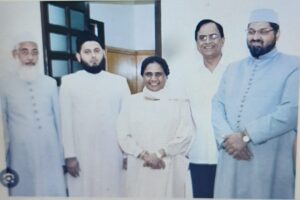
With Mullahcracy playing dominant role in electoral politics, and even in some cases few Mullahs floating their own political outfits, the successive non-BJP leadership started looking towards them for political gains. They virtually became the voice of the community and also sometimes influencing process of ticket distribution in non-BJP parties.
It is not that the clerics should not enter into politics or join electoral politics, but the clever mixing of “pulpit and political platform” has not only proved harmful to the community but also provided ammunition to the communal forces to serve their purpose. Ayodhya tangle also served as a major platform to help boost clerical politics in the state.
With around 20 per cent of the population, Muslims in Uttar Pradesh constitute an important segment of the electorate, decisive in a large number of constituencies where they are demographically dominant. A former support base of the Congress, they were key to the electoral success of the two regional parties, the Samajwadi Party (SP) and the Bahujan Samaj Party (BSP).
However, the rise of alternative Muslim political voices, such as the All India Majlis-e-Ittehadul Muslimeen (AIMIM), led by Asaduddin Owaisi, has also complicated the role of traditional clerics. These newer political parties and leaders sometimes offer a different kind of identity-based politics that can compete with the traditional influence of Mullahs. In UP, large number of clerics are at loggerhead with Owaisi.
But after emergence of BJP after 2014 Lok Sabha elections and defeat of Samajwadi Party in 2107 assembly elections the role of Mullahs and other clerics in Uttar Pradesh politics has shifted significantly. While they continue to be influential within their local communities and have the potential to influence voting patterns, their ability to dictate the collective Muslim vote for a single political party has weakened. Even though presently Muslim community is closely aligned with Samajwadi Party, now the contribution of clerics in this connection seems to be negligible. Because of the alliance of large numbers of Mullahs to BJP government, their overall political leverage of the Muslim community has come down.
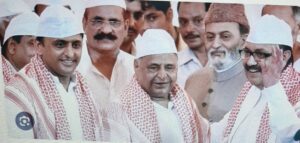
Over the past decade, all three major parties in UP apart from the BJP—Samajwadi Party (SP), Bahujan Samaj Party (BSP) and the Congress—have scaled back Muslim representation for electoral reasons. The SP, once defined by its Muslim-Yadav coalition, has gradually shifted focus to its new PDA (Pichhda, Dalit, Alpasankhyak) formula. In recent years, as the political narrative has further consolidated around Hindu identity politics and with the BSP’s grip on Dalit voters weakening, the SP has actively courted Dalit support while being careful not to alienate Hindu voters. Mayawati’s BSP, too, has turned away its focus from Muslim candidates and pivoted instead to reinforce its traditional base among Dalits and backward classes, especially after the 2024 Lok Sabha election. Across the board, what emerges is a retreat from minority-centric ticket distribution toward strategies centred on majoritarian and caste-based electoral calculations.
However there has been change in the situation during the last few years and especially after the rise of the BJP. In Uttar Pradesh, the role of Muslim clerics in politics is diminishing. While a cleric’s endorsement may have once influenced a large bloc of voters, rising education levels and a more consolidated political narrative have reduced their direct electoral sway. According to some observers, the political credibility of the Muslim clergy is at a low point. There is a feeling in the community that many clerics simply endorse whichever candidate the Muslim community appears to be favoring and later take credit for the win. There is yearning in the community for liberal leaders who could understand their issues in present context and help solve them. Now due to a more educated Muslim population, there is increased suspicion of “under-the-table deals” when a cleric publicly backs a candidate. The clergy’s reputation has also been affected by the perception that they failed to deliver on promises regarding community issues. Rather than following clerical direction, Muslim voters in UP increasingly engage in tactical voting. During the 2022 state elections, many voters opted to support the Samajwadi Party as the strongest anti-BJP contender, a strategy that led them to reject parties like the All India Majlis-e-Ittehadul Muslimeen (AIMIM) despite its overt appeal to Muslim interests.
(M Hasan is former Chief of Bureau, Hindustan Times, Lucknow)


